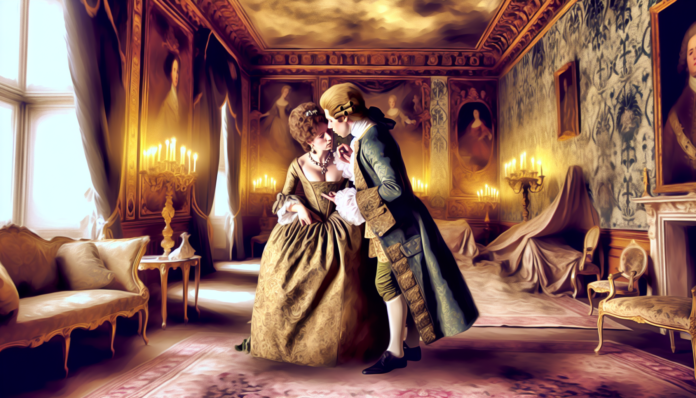Introduction
In 1992, British tabloids were set ablaze with the infamous scandal known as “Camillagate,” a scandal that forever altered the public’s perception of the British monarchy. At the heart of it was Prince Charles and his long-standing relationship with Camilla Parker Bowles, ultimately leading to one of the most high-profile and scandalous affairs in royal history. The late 20th century was marred by strict societal norms regarding fidelity, and this scandal unraveled a narrative about duty and love that resonates even today.
The Scandal
The saga began with an intimate phone conversation between Charles and Camilla, recorded and leaked to the press in January 1993. The call, during which they discussed mundane topics peppered with flirtation, included Charles saying, “I want to be your tampon.” The absurdity of the terminology captivated and horrified audiences alike, amplifying public scrutiny of the couple’s relationship.
In an era when the royal family upheld a facade of marital perfection, the bombshell revelations showcased profound hypocrisy. Charles was still married to Princess Diana at the time, a beloved figure of the public, whose struggles in the highly scrutinized marriage had already been well-documented. Diana herself famously referred to the marriage as “three people in it,” acknowledging Camilla’s presence.
As the specifics of the affair became widely known, public reaction was intense. Tabloids seized on the details with a voracious appetite. Charles and Camilla were both vilified, with media outlets painting them as the architects of a royal betrayal. An excerpt from a 1993 article in the Daily Mail encapsulated this sentiment, noting, “In a world of royal duty, love and romance have taken a backseat. How far will they go to escape the prying eyes of the public?”
Moral and Cultural Analysis
In the 1990s, traditional values surrounding marriage and fidelity were still robust. The reaction to Charles and Camilla’s relationship reflected a broader societal expectation of monogamy and commitment, particularly for public figures. Many viewed the affair as scandalous; it generated outrage not only because it rattled the structure of the royal family, but also because it called into question the integrity of the monarchy itself.
Consequences were swift: Charles faced public disdain and scrutiny, while Diana’s sympathetic portrayal only grew, further burning into the public consciousness. Diana’s eventual interview with Martin Bashir in 1995—where she discussed her struggles and Charles’ infidelities—would only serve to deepen the divide and highlight the discord within the royal family.
Today, attitudes toward royal relationships have evolved significantly. While infidelity is still frowned upon, a certain leniency exists in how we perceive personal relationships, especially considering the modern conversations around love, identity, and sexuality. The scrutiny faced by Charles and Camilla would likely be less intense in the present-day landscape, which increasingly favors transparency and authenticity.
There is also the proliferation of online platforms, allowing audiences to discuss, dissect, and even sympathize with the subjects involved far more openly. Public moral outrage would still exist, but perhaps tempered by a broader understanding of personal agency and emotional complexity.
In essence, the “Camillagate” scandal opened the floodgates for a more nuanced discussion about love, loyalty, and the human experience, elements that remain at the forefront of royal narratives today. Modern audiences might well view Charles and Camilla’s love story through a different lens, one that acknowledges the complexity and poignancy of their bond rather than focusing solely on the scandal itself.

